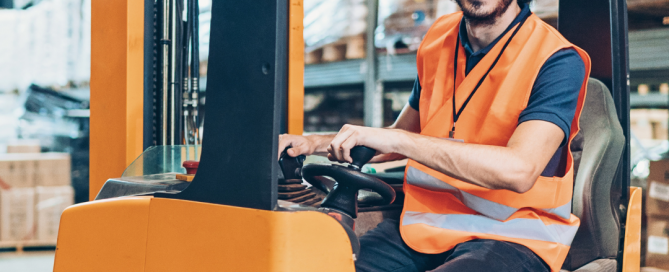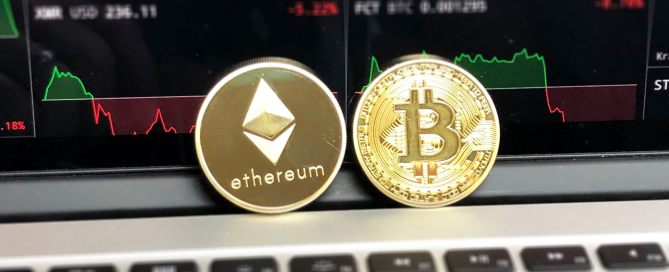Why Do Companies Host Conferences?
In the past few years, a number of the largest and most influential companies in the world have taken to holding conferences, public or private, to show off their new products, introduce brand-new products to the market, and listen to their customers. These conferences are not only for the benefit of the company but also for the sake of the public; by showing off their newest products and ideas, companies hope that their customers will want to buy them, which will boost their sales and help the company reach new heights.
A few companies have tried to use conferences to make a splash in the public eye. Instead of doing the normal thing of releasing a new product or advertising a new service (which you might assume is the goal of conferences), these companies have used their presence to make a point about their industry and overall company.
Here’s Why Companies Host Conferences:
Establish trust
In most businesses today, it is often the case that business leaders and private partners have a need to know each other. This is, of course, to the benefit of both parties. However, in order to ensure that this relationship is mutually beneficial, the companies must establish a trusting relationship before the partnership is finalized.
Build thought leadership
Conferences, for some, are the tie that binds companies together. Companies spend tons of money on conferences just to show the industry what they have to offer. But, the corporate world should not only be about product launches. Conferences should be about educating and building up thought leadership. And this is what the business events segment is all about.
Establish brand recognition
Conferences are great ways for companies to build their brand; they can attract clients and employees and help companies distinguish themselves from the competition. But despite all the marketing benefits, many companies put far too much emphasis on the event itself and don’t take the time to build thought leadership. Of course, there’s always a temptation to plan an event; after all, if you’re hosting it, you’ll get more bang for your buck. But if you expect to build a brand and a reputation for thought leadership, you’ll have to work hard to set yourself apart.
Generate revenue
We’re all aware that conferences are big business, and not only because of the free registration and catering. But what’s often lost in the buzz of the event is just how much revenue companies make by renting out their rooms and hosting events. Between the expense of renting out the venue, the cost of supplying food, drink, and entertainment, and the revenue generated from ticket sales, conferences bring in a significant chunk of cash for businesses.
Strengthens community
The concept of “corporate social responsibility” is a widely used buzzword, and many companies have built programs to improve their image in the eyes of consumers. Some companies have even gone so far as to start conferences where employees can meet up and share ideas about how to serve their customers better. Companies host them because they want to strengthen their communities. Events that bring together a diverse group of stakeholders—from customers to employees, suppliers, and other stakeholders—can help a company raise awareness of its mission and company culture, explore new ideas, build collaborations, and foster innovation. With the help of the community, companies can innovate to the best of their abilities and successfully provide the most useful services for the benefit of their customers.
As businesses have become more global, many have adopted the practice of hosting conferences in different parts of the world so that their employees can get a feel for the local culture. While the main purpose of such events is to improve employee engagement and communication, the events have also become a way for companies to potentially promote their brand and gain more business from the local community. Also, conferences can be seen as networking with other companies in the same industry and for companies to find potential business partners.
Companies host conferences to show their latest products and technologies, create hype surrounding them and drum up sales. Also, it can be a good place for employees to meet and learn from one another. But the reasons to attend a conference are limited. You won’t learn anything new unless you actually attend, and most of the big companies will give you all the information you need online for free.






